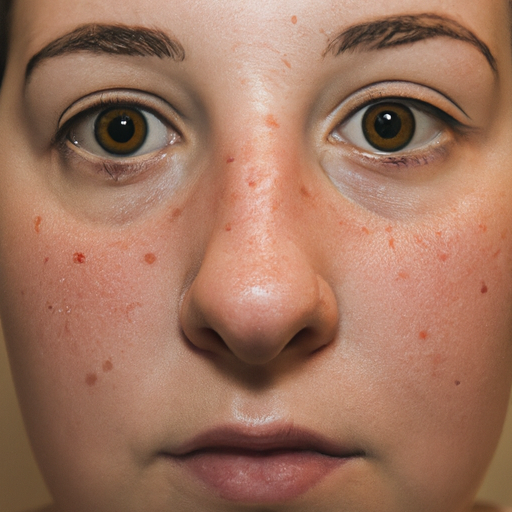As a dermatologist, I often encounter patients who are struggling with dry skin. This common condition can be a source of discomfort and frustration, but with the right knowledge and treatment, it can be effectively managed. In this article, I aim to unmask the mystery behind dry skin, providing a comprehensive guide to its diagnosis and treatment.
Dry skin, medically known as xerosis cutis, is characterized by a lack of appropriate moisture in the skin. It can manifest in various ways such as itching, flaking, scaling, or cracking of the skin. While it can affect any part of the body, it is most commonly seen on hands, arms, and lower legs.
The causes of dry skin are multifaceted. Environmental factors such as cold or dry weather, indoor heating, hot showers, and harsh soaps can strip the skin of its natural oils leading to dryness. Certain medical conditions like hypothyroidism, diabetes, atopic dermatitis (eczema), and psoriasis can also cause dry skin. Aging is another significant factor as the skin naturally becomes thinner and less elastic over time, reducing its ability to retain moisture.
Diagnosing dry skin typically involves a thorough physical examination and a review of the patient’s medical history. In some cases, further tests may be required to rule out underlying conditions that could be causing the dryness.
Once a diagnosis has been made, the focus shifts to treatment and management. The goal is to restore moisture to the skin and prevent further loss. Here are some strategies that I often recommend:
1. Moisturize Regularly: Applying a moisturizer creates a barrier on your skin that keeps oils from escaping and water from evaporating. Look for products containing ingredients like hyaluronic acid, glycerin, ceramides, and lanolin which are effective at trapping moisture.
2. Use Gentle Skin Care Products: Avoid soaps and detergents that are harsh and drying. Opt for gentle, fragrance-free cleansers and skincare products.
3. Modify Your Bathing Routine: Hot water can strip your skin of its natural oils. Instead, use warm water and limit your showers or baths to 10-15 minutes. Apply moisturizer immediately after patting your skin dry.
4. Use a Humidifier: This can help maintain a suitable moisture level in the air of your home or office, especially in dry or cold weather.
5. Stay Hydrated: Drinking plenty of water can help keep your skin hydrated from the inside out.
6. Protect Your Skin: Wear gloves when doing dishes or cleaning, and use sunscreen when going outside to protect your skin from environmental damage.
In some cases, if dry skin is severe or doesn’t improve with over-the-counter treatments, prescription creams and ointments may be necessary. These may contain hydrocortisone, a steroid that reduces inflammation, or other ingredients that target the underlying cause of the dryness.
In conclusion, while dry skin can be a nuisance, it is generally manageable with the right care and treatment. If you’re struggling with persistent dry skin, don’t hesitate to seek professional help. A dermatologist can provide a thorough evaluation and personalized treatment plan to help restore your skin’s health and comfort.
Remember, every person’s skin is unique. What works for one person might not work for another. Therefore, it’s crucial to understand your skin type and its specific needs. By unmasking the mystery of dry skin, we can all take steps towards healthier, more radiant skin.



